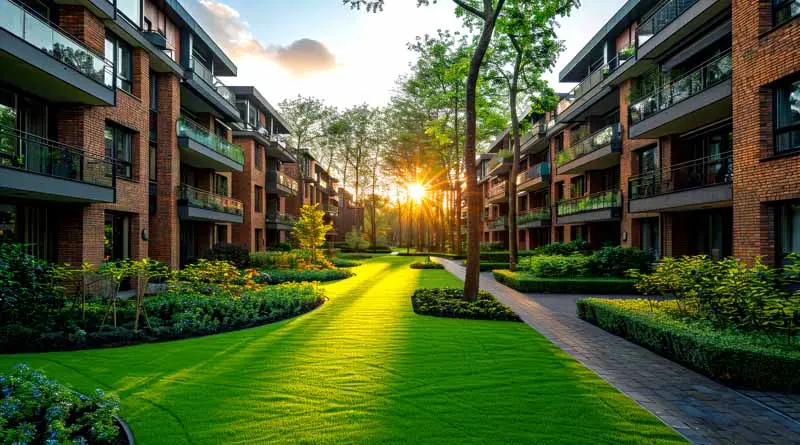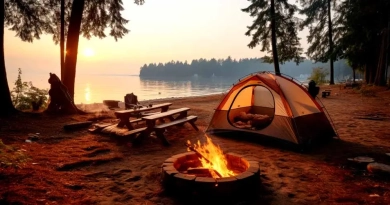
How can I prep if I live in an apartment?
Urban Readiness: Prepping in an Apartment
As I gazed out of the window of my modest city apartment, nestled among the sprawling urban landscape, the quiet hum of city life below posed a thought-provoking question: How can I prepare if I live in an apartment? Living in a high-rise, with limited space and close proximity to neighbors, presents unique challenges and opportunities for preparedness.
Understanding the Urban Prepper’s Challenge
Prepping in an apartment goes beyond the traditional notions of survivalism that might involve elaborate bunkers or vast storages of supplies like grains. Instead, it requires smart, space-efficient planning tailored to the unique constraints and dynamics of apartment living. The core challenges include managing limited space, depending on municipal systems that might fail during emergencies, and navigating community dynamics and building regulations.
Addressing the Challenges of Apartment Prepping
Space Limitations
The most pressing issue for apartment dwellers is space. Efficient use of space is critical, as one must balance daily living with emergency preparedness without cluttering or overwhelming limited living areas. This involves innovative solutions, such as:
- Multi-functional Furniture: Investing in furniture that doubles as storage, such as ottomans with internal compartments, beds with built-in drawers, and bookshelves with hidden storage areas. These pieces provide discreet storage options for supplies without compromising the functionality or aesthetics of the home.
- Vertical Storage Solutions: Maximizing vertical space can dramatically increase storage capacity. Utilizing over-the-door organizers, installing wall shelves, and using ceiling hooks can help store everything from canned foods to emergency gear without sacrificing floor space.
Dependency on Municipal Systems
Apartments typically rely heavily on external utilities like water and power, which are vulnerable during disasters. To mitigate this:
- Alternative Power Sources: Keeping portable solar chargers or high-capacity battery packs ensures that essential devices remain operational even during a power outage.
- Water Security: Since city water systems can be compromised, storing water in collapsible containers that require minimal space and keeping water purification tablets or personal filters can secure an emergency water supply.
Community Dynamics
Living in an apartment means being part of a close-knit community where actions affect neighbors. Thus, preparedness efforts must consider communal living norms and regulations:
- Engagement with Building Management and Neighbors: Building a cooperative relationship with neighbors and management can facilitate comprehensive emergency plans that benefit everyone. This might include shared resources or agreed-upon safe areas within the building.
- Safety Drills and Meetings: Organizing or participating in regular safety drills and meetings ensures that all residents are informed about the building’s emergency exits, assembly points, and procedures, enhancing collective preparedness.
Implementing Practical Solutions
Through adapting to the urban setting and its constraints, I’ve carved out a strategy that optimizes the limited resources available without sacrificing the quality of life:
- Essential Supplies Kit: This compact yet comprehensive kit includes critical items like water, non-perishable food, a first aid kit, flashlights, extra batteries, and a multi-tool. Emphasizing compactness, items like collapsible water containers and high-calorie, space-efficient food are prioritized.
- Regular Updates and Checks: Maintaining this kit involves regular checks and updates to ensure all items are functional and within their use-by dates, which is essential for ensuring readiness at a moment’s notice.
Conclusion
Living in an apartment doesn’t diminish the importance of preparedness; it merely adjusts its execution. By cleverly using space, maintaining essential supplies, and fostering community cooperation, urban apartment dwellers can achieve a level of preparedness that is both practical and effective, ensuring they are well-equipped to face emergencies without the need for extensive, traditional prepping methods. This approach not only secures peace of mind but also strengthens community bonds, making urban living safer and more resilient.
Resources and Tools Needed
To practically implement these strategies, you’ll need:
- Space-saving storage furniture and organizers.
- Basic emergency supplies (water, food, first aid, tools).
- Communication devices and alternative power sources like solar chargers.
- Community engagement tools (contact lists, community board postings, meeting spaces).
Preparedness in the Urban Jungle
Sitting back in my chair, I felt a sense of calm. The city might not be the easiest place to prep, but with thoughtful strategies, it’s entirely possible. Apartment prepping is less about hoarding supplies and more about smart, efficient preparation and community collaboration. By maximizing space, focusing on essentials, and engaging with neighbors, urban dwellers like myself can achieve a level of preparedness that brings peace of mind amidst the hustle of city life. In this way, I’m not just surviving; I’m thriving, ready for whatever may come.






